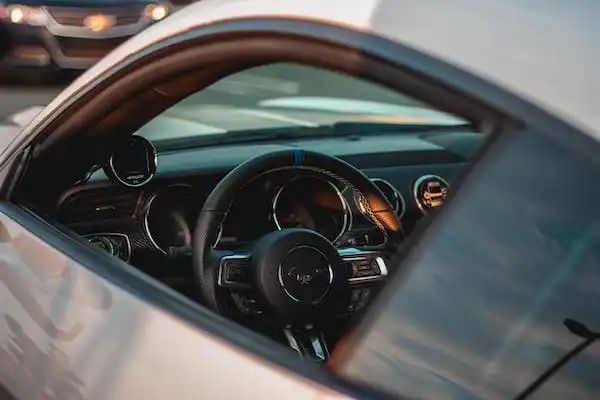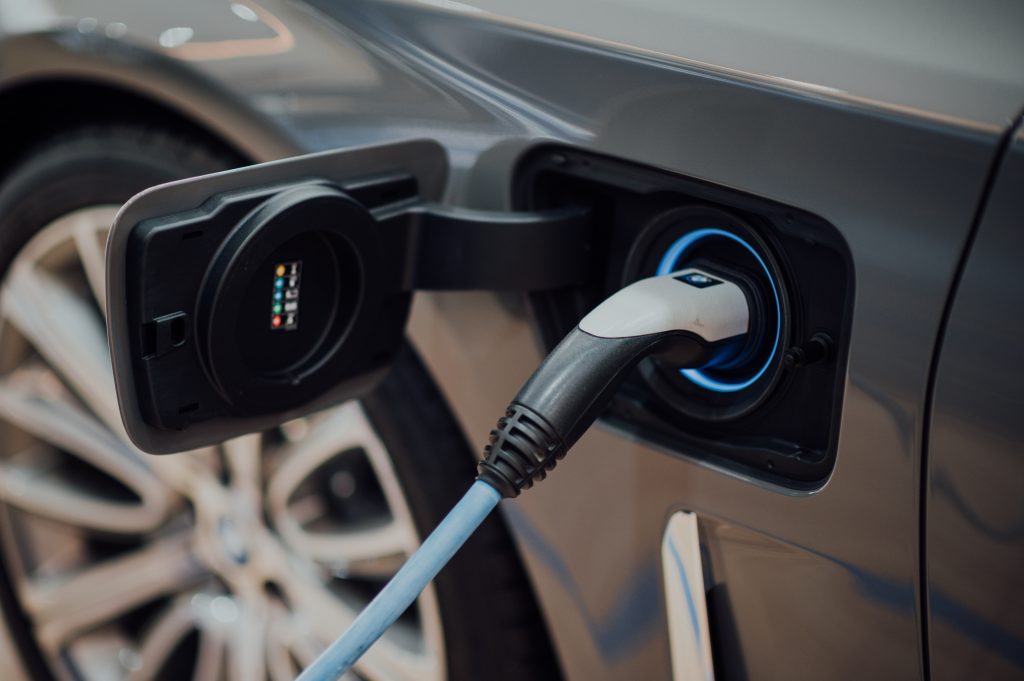As the electric vehicle (EV) industry continues to grow, there is an increasing need for advanced technologies that can enhance the efficiency, performance, and durability of electric vehicle motors. Titanium etching has emerged as a promising solution in this domain, offering a range of applications that can significantly impact motor performance.
Titanium etching finds application in crucial motor components within electric vehicles. Rotor cores, stator laminations, and windings are specific areas where titanium etching is employed.
In this article, we explore the wide-ranging applications of titanium etching in electric vehicle motors and how they contribute to improving efficiency.
Weight Reduction and Improved Efficiency

Weight reduction is a crucial aspect of electric vehicle (EV) motor design, as it directly impacts overall vehicle efficiency and performance. Titanium etching plays a vital role in weight reduction by selectively removing material from motor components, resulting in lighter and more efficient motors.
This reduction in weight leads to benefits such as decreased inertia, allowing for quicker acceleration and deceleration, and an improved power-to-weight ratio. Enhancing the overall efficiency and range of the electric vehicle.
Enhanced Thermal Management
Green Car Congress recently reported that Volkswagen is in the process of developing entirely new thermal management solutions. At present, a large number of long hoses and individual modules are used to manage the thermal system. However, in the future, these will be replaced with an integrated thermal module that is much more compact.
This module will control the entire air conditioning system and the high-voltage battery that has a major impact on the vehicle’s fast charging capability and range. The new all-in-one module is more robust, significantly lighter, and efficient than current systems.
Enhanced thermal management is a critical aspect of electric vehicle motors, and titanium etching offers a solution to address this challenge. Titanium etching techniques can create intricate cooling channels and heat dissipation features within motor components.
These specialized designs allow for efficient heat transfer and dissipation, preventing overheating and ensuring optimal motor performance. The improved thermal management achieved through titanium etching helps maintain the motor’s temperature within safe operating limits, enhancing reliability and extending its lifespan.
Reduction of Electrical Losses
One of the most important aspects of electric vehicles is how they reduce the amount of energy lost during use. Through precise etching techniques, titanium can be used to enhance the electrical conductivity of motor components. By optimizing the flow of electric current, titanium etching minimizes resistive losses, resulting in improved motor efficiency.
This reduction in electrical losses translates to lower energy consumption, extended battery range, and enhanced overall performance of electric vehicle motors. Titanium etching offers a pathway to maximize the conversion of electrical energy into mechanical power, contributing to more efficient and sustainable electric transportation systems.
Noise Reduction and Vibration
According to The Conversation, the sound level of a car on the road is affected by many factors, including its design, speed, and the condition of the road. On average, cars traveling at 30 mph on local roads produce sound levels ranging from 33 to 69 decibels. This is the equivalent of a quiet library to a loud dishwasher.
The intricate designs achieved through titanium etching help dampen noise generated by the motor, leading to a quieter cabin environment. This noise reduction enhances overall driving comfort and contributes to a more refined and enjoyable electric vehicle experience for passengers.
Additionally, titanium is an excellent material for reducing vibration. It has a high modulus of elasticity, which means that it can absorb vibrations better than other metals. This makes titanium helpful in applications that have a lot of shaking, such as electric vehicle motors or airplane engines.
Corrosion Resistance
Corrosion resistance is a critical aspect of electric vehicle motor components, particularly in demanding operating conditions. Titanium, known for its exceptional corrosion-resistant properties, offers a viable solution.

Elcon Precision notes that by applying titanium etching techniques to motor components, the durability and lifespan of these parts can be significantly enhanced. Titanium etching creates a protective barrier that shields against corrosive elements, preventing degradation and maintaining optimal performance.
This corrosion resistance ensures the longevity and reliability of electric vehicle motors, even in harsh environments, ultimately contributing to electric vehicles’ overall sustainability and longevity.
Customization and Design Flexibility
Titanium etching techniques enable the creation of intricate and customizable designs, empowering manufacturers to tailor motor components to specific performance requirements and space constraints in electric vehicles.
The ability to finely etch titanium allows for the precise shaping of motor components, optimizing their functionality within the limited space available. This customization capability ensures that the motor operates at its highest efficiency while meeting the unique design needs of electric vehicle manufacturers. Thus promoting overall performance and compactness in the vehicle’s propulsion system.
Integration With Other Motor Technologies
Combining titanium etching with technologies like permanent magnet materials and advanced winding techniques can help enhance motor performance.
The precise etching of titanium components allows for optimized integration with magnets, resulting in increased magnetic flux and improved motor efficiency. Additionally, titanium etching can facilitate the integration of advanced winding techniques, enabling better coil positioning and reducing electrical losses.
This integration of titanium etching with other motor technologies unlocks the potential for even greater performance gains in electric vehicle motors.
Future Trends and Advancements
Advancements in titanium etching applications for electric vehicle motors are poised to further revolutionize the industry. One exciting prospect is the integration of additive manufacturing techniques, allowing for complex designs and improved performance.
Additionally, ongoing optimization efforts may enhance efficiency and power density, leading to more powerful and energy-efficient motors. These advancements hold the potential to drive the next wave of innovation in electric vehicle technology, unlocking new possibilities for sustainable transportation and reinforcing titanium etching’s pivotal role in shaping the future of electric mobility.
Conclusion
The European Commission has set an ambitious target for the EU, aiming to have a minimum of 30% of newly sold cars be electric by 2030. Various financial incentives are available within the EU to support this objective, including grants for purchasing electric vehicles and installing charging infrastructure.
Similarly, in the United States, the federal government offers a tax credit of up to $7,500 to incentivize the purchase of electric vehicles. Additionally, numerous states have implemented incentive programs to encourage electric vehicle adoption further.
These initiatives and incentives reflect a strong commitment to developing electric vehicle adoption.
Titanium etching is a versatile process that can be used to improve various properties in electric vehicle motors. This process can help to improve efficiency, extend lifespan, protect from the elements, reduce the risk of allergic reactions, and enhance the aesthetics of the EVs.
As the demand for electric vehicles grows, the use of titanium etching is likely to increase.

